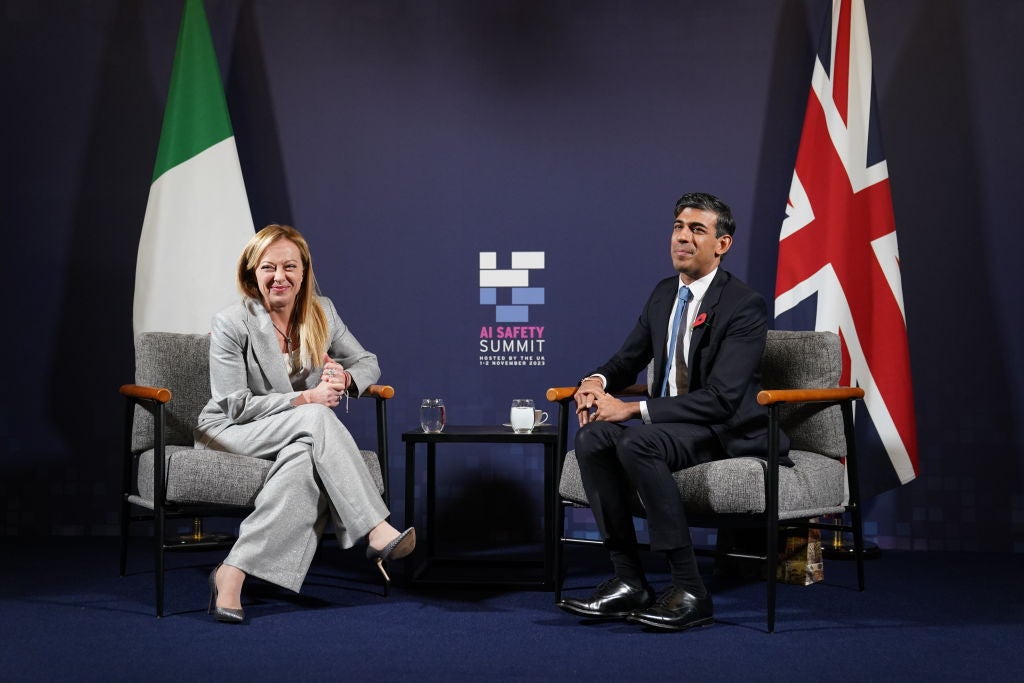
After posting a 30% year-on-year dip in underlying net profit to S$1.73 billion for the fiscal year 2021, Singtel announced a new strategic direction. Including exceptional charges, partly consisting of impairment charges on investments in Amobee and Trustwave, the net profit had declined 49% to S$554 million.
In Australia, Optus’ fixed business has been continually negatively impacted by migration to the lower margin NBN Co services, while the mobile business has also been hit hard by Covid-19, resulting in the loss of 474,000 subs over the last fiscal year.
In India, Bharti Airtel has been negatively affected by price war in the wake of Reliance Jio’s launch 2015. To add insult to injury, it was slapped with $3 billion in dues following a court ruling that also affected other legacy telcos in India. These factors pushed Bharti Airtel into the red for fiscal year 2019/20.
Singtel and its associates are under pressure on many fronts
Singtel’s domestic market is also under siege by TPG Telecom, which launched its services with a free trial in December 2018 that ran until a full commercial launch in March 2020, snatching 400,000 subscribers from the other telcos by then. At commercial launch, TPG came in with generous data plans at S$10 per month for 50GB, driving down ARPUs as well. Singtel’s mobile service revenue from Singapore plunged 21% year-on-year in fiscal year 2021.
The onslaught is not going to abate soon as Dito Telecommunity has launched commercial services in the Philippines in March 2021, putting associate Globe Telecom under greater competitive pressure for the foreseeable future.
Singtel’s new strategy unveiled by its new CEO Yuen Kwan Moon is unlikely to remedy these undercurrents given that the main factors are coming from external forces.
How well do you really know your competitors?
Access the most comprehensive Company Profiles on the market, powered by GlobalData. Save hours of research. Gain competitive edge.

Thank you!
Your download email will arrive shortly
Not ready to buy yet? Download a free sample
We are confident about the unique quality of our Company Profiles. However, we want you to make the most beneficial decision for your business, so we offer a free sample that you can download by submitting the below form
By GlobalDataIts plan to “leverage 5G to become a powerhouse for digital solutions” will not be any more different from its competitors, who are all also looking to develop new business use cases for 5G. While its decision to “unlock the value of infrastructure assets” – most recently the pending ~A$2 billion sale of a 60-70% stake in Optus’ tower assets – will raise capital for recycling into new projects, much of this will be consumed by 5G deployment rather than to build new revenue streams.
The textbook approach
With its core business under siege on multiple fronts, Singtel’s focus on diversification through the pursuit of “new engines of growth” is the textbook correct approach going by the Ansoff Matrix. Singtel aims to leverage on the digital economy to generate growth into the future.
Its lowest hanging fruit is NCS, which has reportedly netted seven straight years of positive revenue growth on the back of Singapore government projects. As part of the new strategic direction, NCS has been carved out and restructured as an independent business unit to focus on the private sector and new markets across Asia-Pacific, including Greater China and Australia.
The challenge for NCS is whether it can acquire government and private sector projects in foreign markets. NCS traces its origins to a wholly-owned subsidiary of the National Computer Board, now the telecoms regulator IMDA, where it was once the principal IT solutions provider to the Singapore government. Even as part of Singtel, it is still considered a government-linked corporation (GLC) through Temasek’s effective controlling interest in Singtel. Its history of revenue growth is no indicator of export potential, but merely a reflection of state clientelism graced upon Singtel’s GLC status.
Certainly, there is likely to be considerable interest from many city administrations that wish to emulate Singapore’s smart city capabilities, while Singtel’s deep pockets and scale enables it to leverage on partnerships with hyper scales and IoT players to deliver on 5G innovation.
Early signs show promise
Early signs in Australia and China appear promising, especially with the launch of the 1,400 sq m Next Shenzhen Innovation Centre in the economic centre of the largest 5G market in the world and China’s answer to Silicon Valley. Nonetheless, NCS’ contract dependent business model is also not one that will bring in consistent and predictable cash flows the same way a subscription-based business will.
Singtel’s more ambitious strategy, however, is targeted at consumers with an eye on the burgeoning digital economy sprouting in the region.
If executed correctly, a wellspring of value creation is to be netted if the past experience of Reliance Industries is anything to go by. With a portfolio of digital economy businesses, now consolidated into Jio Platforms, Mukesh Ambani’s Reliance Industries has been aggressive in disrupting the market with cheap mobile and fibre plans. As tech stocks trade at multiples higher to traditional telcos, even if Jio were to be operating at a loss, there would still be a net positive value creation for the business as a whole.
For Singtel, most of these investments are realised through its corporate venture arm Singtel Innov8, which has investee companies across Singapore, US, Greater China, Australia and Israel dabbling in digital business models such as data sharing, VPNs, data analytics and smart home devices.
Singtel appears to be heavily focusing on mobile financial service ventures together with partners and its associates, mostly at a localised level; This includes bids for digital bank licenses in Singapore and Malaysia in partnership with superapp Grab, Telkomsel’s investment in e-wallet LinkAja in Indonesia, Globe Telecoms investment in fintech startup Mynt in Philippines, and Bharti Airtel’s Airtel Payments Bank in India. Singtel has been proactive in unifying the transaction standards across its associates through the establishment of the VIA Alliance.
Singtel digital investments are complicated
Moon has a difficult task as he takes over the reins from Chua Sock Koong. Singtel’s digital investments have grown into a tangled mess, sometimes with no clear synergies with its core businesses and associates and the lack of resolve to realise a strategic goal.
In the FY2021 strategic review, Singtel had incurred an impairment charge on two US units – adtech Amoebee and cybersecurity firm Trustwave – and a possible divestment is currently in the works. Singtel’s emulation of Son’s SoftBank has resulted in marooned investments in markets where Singtel has little presence, diminishing its role from strategic to no better than any other financial investor.
Strategic missteps
At the same time, Singtel has in recent years made strategic missteps with the most critical digital businesses. Its most questionable decision was the liquidation of Hooq, its SVoD venture with Warner Bros and Sony Pictures, in 2020 after five years of losses. Hooq was envisioned to be the answer to cord-cutting in markets where it had a pay-TV service, while becoming the surrogate for pay-TV where it did not, so as to benefit from the churn reducing effect of bundling.
Viu, launched by PCCW in the same year as Hooq, was able to corner the very same markets that Hooq had launched in and beyond, amassing 45 million monthly active users by the end of 2020. Meanwhile in India, Reliance Jio successfully was able to ride on the popularity of SVoD services to corner the mobile market through its content aggregator apps JioTV and JioMovies at the expense of Bharti Airtel.
Hooq had the first-mover advantage in the region and solid backers, but Singtel, constrained by dividend hungry investors, did not have the resolve to swallow the years of losses to chart the path to profitability as its partners stepped away from the later investment rounds.
No one would question Singtel’s wherewithal to achieve the objectives of its strategic reset, but its treatment of Hooq calls into question whether its leadership has the mettle to carry through with its digital banking ambitions, which comes with its own set of challenges.
To remedy this, it may want to, with the assistance of its parent company ST Telemedia, structure itself in a similar way to Jio Platforms, which is a private company protected from the short-term pressures of investors that have been stymying its attempts at strategic patience in an ever faster-paced digital economy.









Related Company Profiles
SoftBank Corp
PCCW Ltd
TPG Telecom Ltd
NCS Pte Ltd
Trustwave Holdings Inc